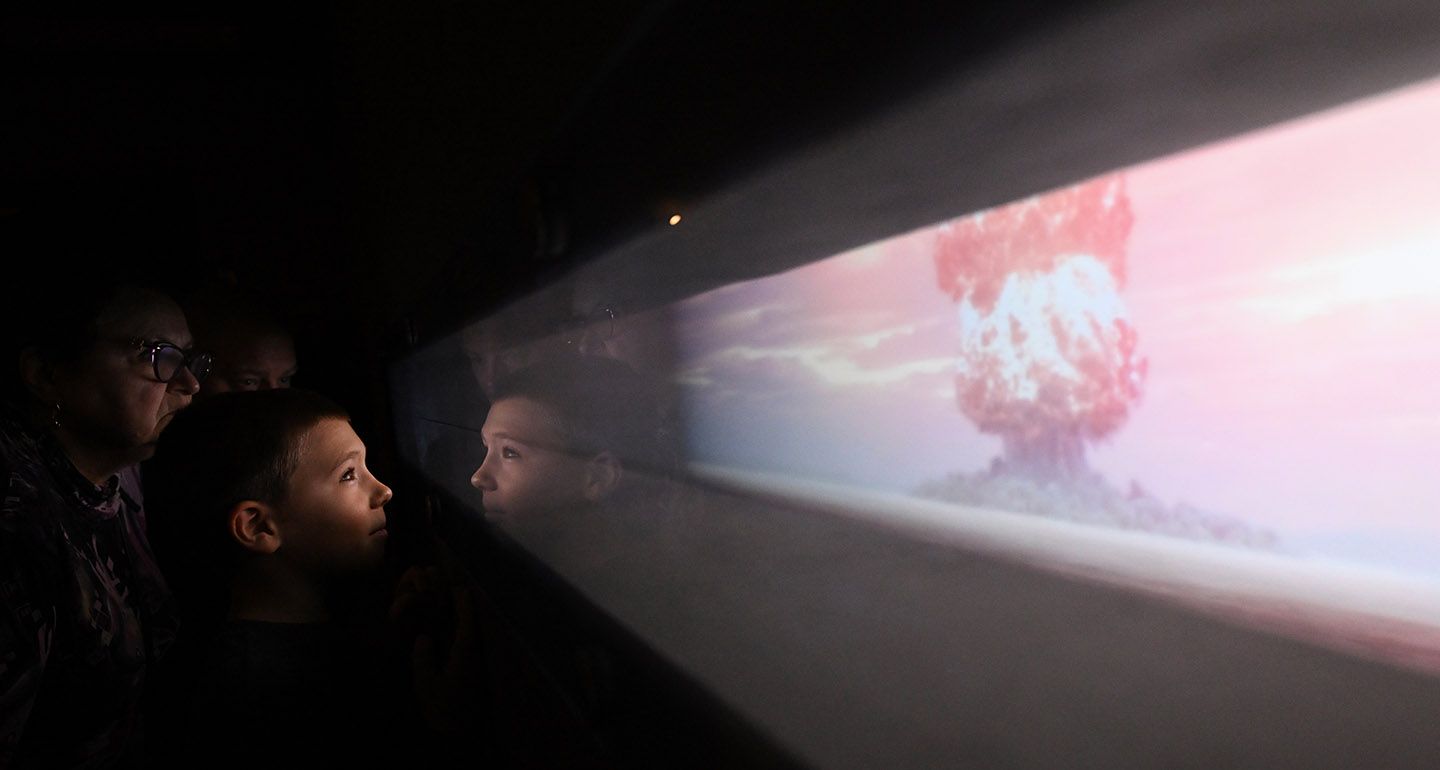(image credit: Flickr)
Russia’s war against Ukraine has been a conventional conflict. But it is very much a nuclear crisis, too.
Russia, the aggressor, is in possession of the world’s largest nuclear arsenal, including a vast cache of battlefield nuclear weapons. Since the beginning of the war, the Kremlin relied heavily on nuclear threats and signaling to intimidate the West and thwart its military assistance to Ukraine, with some—albeit limited—success. The latest instance in Russia’s nuclear signaling are changes to its nuclear doctrine, recently announced by Russian President Vladimir Putin, that expand permissible scenarios for Russia to resort to nuclear weapons and add ambiguity and interpretative space for the Russian leadership to define whether and when such scenarios occur.
While Russia uses nuclear rhetoric politically, there’s an ever-present danger that it could resort to an actual use of a nuclear weapon in Ukraine.
From the first days of the invasion, the received wisdom has been—and remains—that the most likely scenario for Russia’s limited nuclear use is to reverse an imminent military defeat or possibly break a hurting stalemate in Ukraine. The nuclear scare of October 2022 seems to corroborate the supposition that Russia might resort to nuclear weapons if it’s in retreat. Then, as Ukraine was making rapid gains in liberating the Kharkiv and Kherson regions, Russian military-political leadership allegedly considered using nuclear weapons to thwart Ukrainian advances. In public, Russia concocted a bogus accusation that Ukraine was planning to use a “dirty bomb,” which many feared was creating a pretext for a Russian nuclear strike. The US intelligence community estimated the risk of Russia’s nuclear use in fall 2022 at 50 percent, possibly a historic high.
But has the international community overlooked another scenario—a situation in which Russian nuclear use might not only be possible but even more likely? What if Russia resorts to nuclear use not when it’s losing—but when it’s winning the war?



